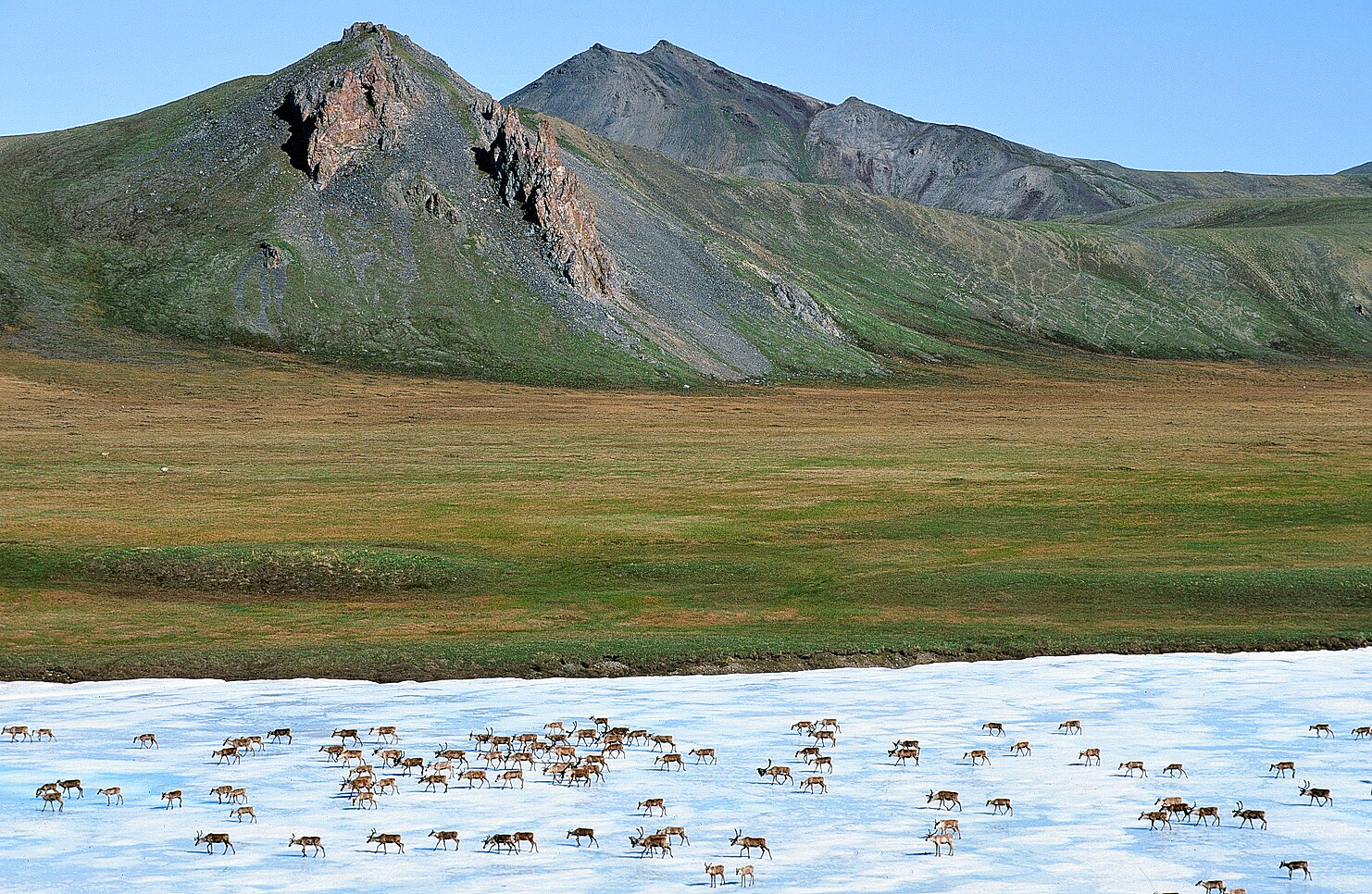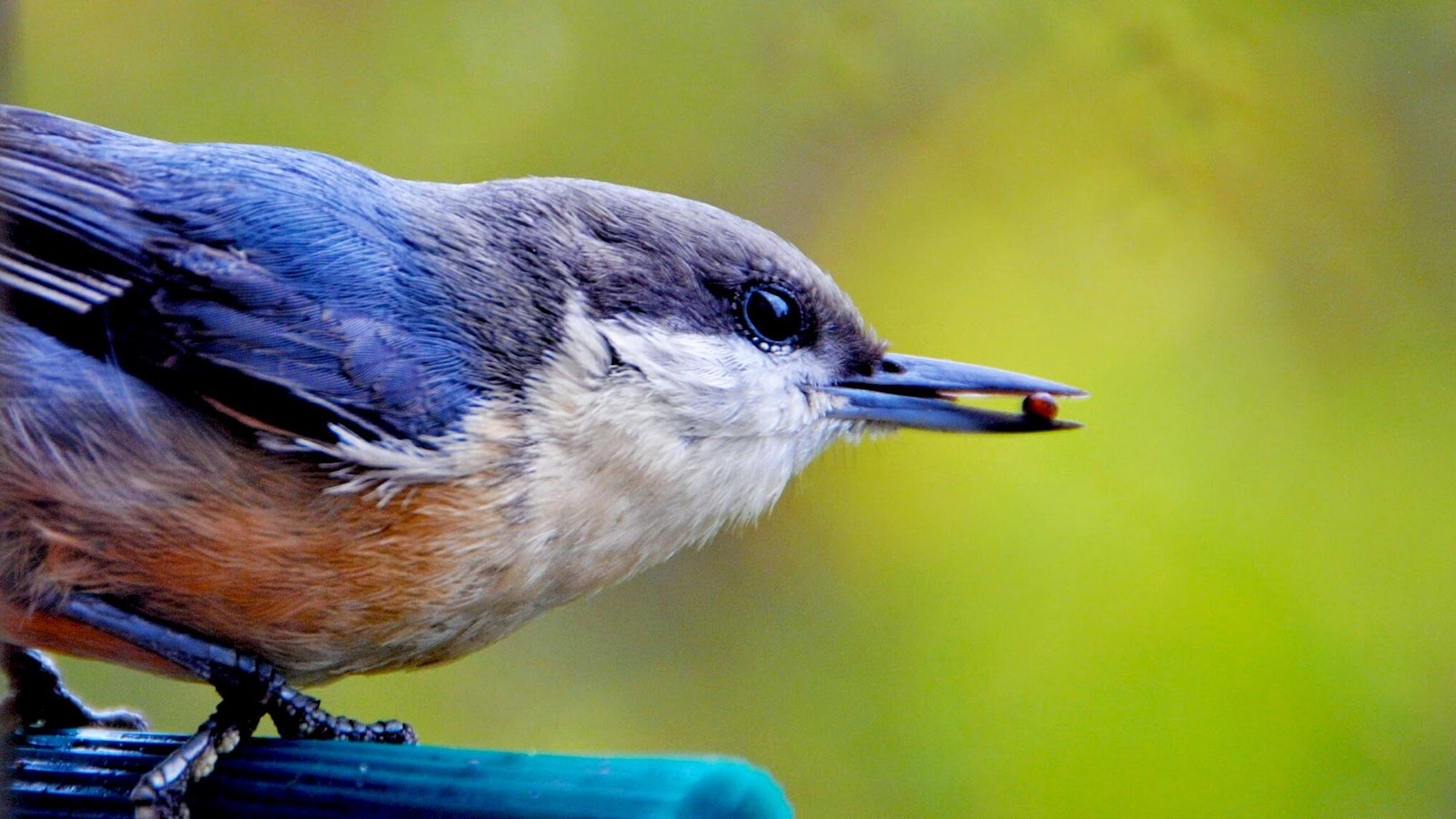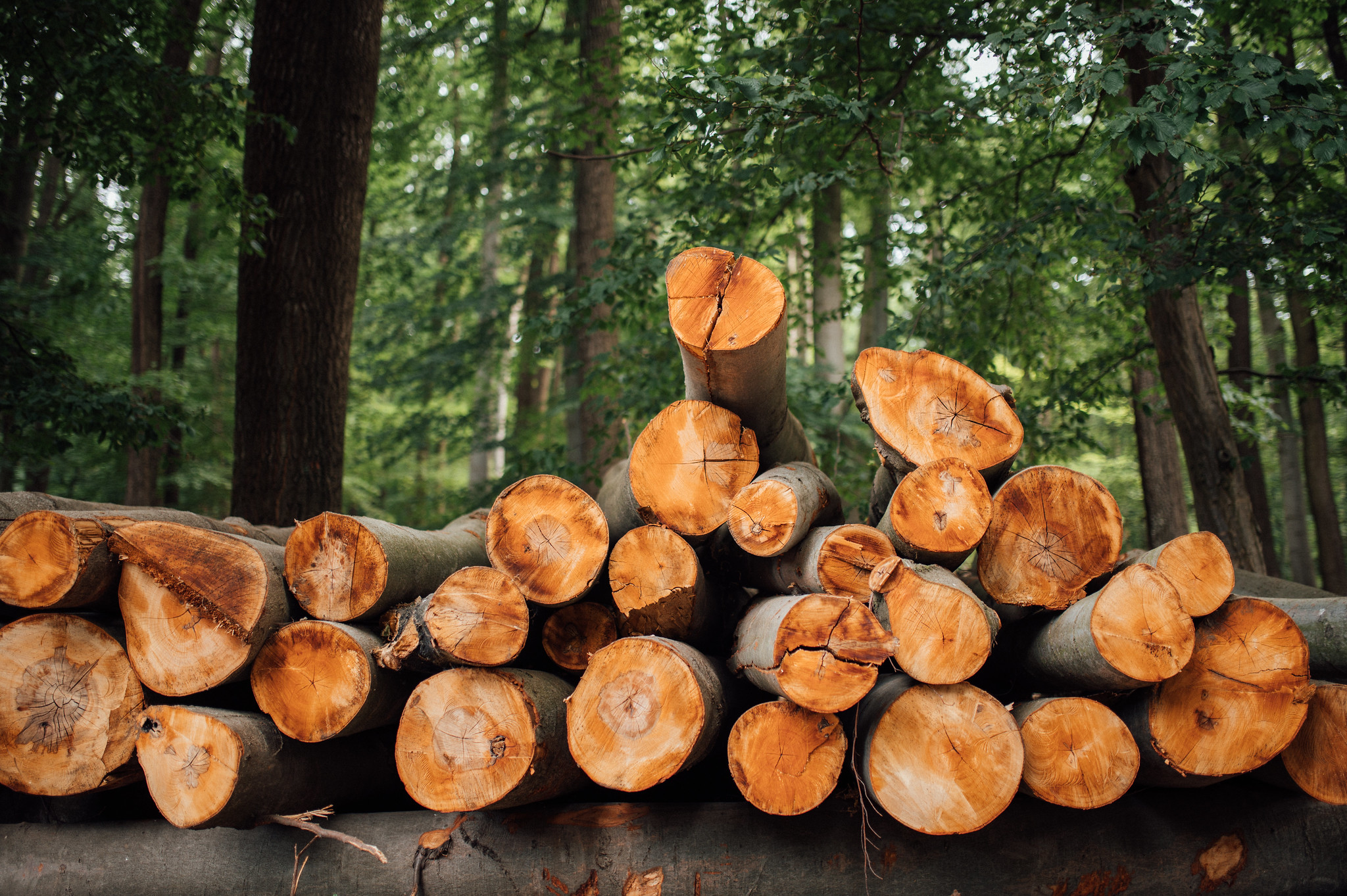
Oil companies are pulling out of the Arctic Refuge. Let’s make sure they never go back.
There are no more oil companies with leases in the Arctic National Wildlife refuge. And Knik Arm Services is out, too. That leaves AIDEA as the sole leaseholder.

In January 2021, the Bureau of Land Management held its first-ever lease sale of land for oil and gas development on the coastal plain of the Arctic National Wildlife Refuge. The Refugue’s coastal plain is on Alaska’s North slope, bordering the Arctic Ocean on the north with Canada as a closer neighbor to the East and the Brooks Range to the South. It is remote, very difficult for people to reach and teeming with life from migratory birds to thousands of caribou to a struggling population of polar bears who are fighting for survival against climate change. The coastal plain is sacred to the Gwich’in who call it “Iizhik Gwats’an Gwandaii Goodlit” (The Sacred Place Where Life Begins). There also may or may not be oil under the coastal plain. For decades, fossil fuel companies clamored to be allowed to drill there and in the 1980s industry giants Chevron and BP leased a single tract to test.
But by January 2021, even though the Trump administration had sped through processes necessary to hold a lease sale, most oil companies had backed off. Despite already holding a legacy lease in the refuge from a decades-old test well, Chevron and Hilcorp (which had taken over BP’s lease) didn’t show to the lease sale. Even with plans to drill in the nearby Western arctic, ConocoPhillips didn’t show up to the lease sale. Neither did Exxon, Shell or BP Alaska.
In fact, only three bidders showed up: only 11 of the 22 tracts offered were bid on, with nine leases actually awarded. The sale raised just over $14 million — less than 1% of projected revenue.
Let’s take a look at the entities that purchased the leases in 2021:
- Regenerate Alaska, a subsidiary of Australian oil company 88 Energy, purchased one 23,446-acre lease. According to some analysis, their lease was the most likely of the 11 to be economically viable. They were also the only oil company to bid and were the only leaseholder with direct access to the infrastructure necessary to develop its lease. However, in 2022 the company rescinded its bid and got its money back.
- Knik Arm Services, a small real estate and leasing firm, according to the Anchorage Daily news, purchased one 49,000-acre lease. As a non-oil company, Knik Arm Services would have had to partner with an oil company to actually develop its lease. But it followed 88 Energy and also rescinded its bid in 2022 and got its money back.
- Alaska Industrial Development and Export Authority (AIDEA) was the highest bidder for nine of the 11 tracts leased and was ultimately awarded seven leases. AIDEA is a state agency tasked with “providing financing and assistance to Alaska businesses.” Also not an oil company, AIDEA will have to partner with one to develop its leases.
And in 2022, Chevron and Hilcorp paid $10 million to exit their lease for the test well.
So why did Chevron, Hilcorp, 88 Energy and Knik Arm Services cancel their leases? In our minds, there are some obvious reasons::
- Arctic drilling is unpopular with the public and President Joe Biden has responded to that by suspending all of the leases awarded during the January 2021 sale so the timeline for developing leases, even for an oil company, is unclear.
- Renewable energy is growing fast. As solar, wind and electric vehicles become cheaper and more popular, the need for oil will diminish. That doesn’t mean that all oil companies will pack up and go home but starting a costly drilling project in the arctic and then figuring out how to transport the oil may not be worth the trouble, especially if you can’t get started right away.
- Every major bank in the U.S. has said they won’t finance drilling in the refuge. So it might be hard to get financial backing for the project
- Those banks have been joined by 14 insurance companies across the globe (including AIG in the U.S.). If it’s hard to get financing and hard to get insurance, it might not be worth starting a project.
There are no more oil companies with leases in the refuge. And Knik Arm Services is out, too. That leaves AIDEA, which will need to find an oil company to pair up with if it wants to develop its lease. That oil company will need financing, insurance and assurances that they will actually be able to bring in the drilling equipment. As activists work to get more U.S. insurance companies to join AIG and commit to protect the arctic, AIDEA’s chances of drilling the Arctic Refuge look less and less likely by the day. AIDEA should stick to its mission, providing financial assistance to Alaska businesses. Drilling in the Arctic Refuge is bad for business, the Gwich’in and other Indigenous Peoples who depend on the land and animals in the region and the planet. AIDEA should follow the other leaseholders and back out of the Refuge.
Topics
Authors
Ellen Montgomery
Director, Public Lands Campaign, Environment America Research & Policy Center
Ellen runs campaigns to protect America's beautiful places, from local beachfronts to remote mountain peaks. Prior to her current role, Ellen worked as the organizing director for Environment America’s Climate Defenders campaign. Ellen lives in Denver, where she likes to hike in Colorado's mountains.
Find Out More

EPA report says pesticides endanger wildlife

Which toilet paper companies are taking steps to be more sustainable?

What kind of planet protector are you?



